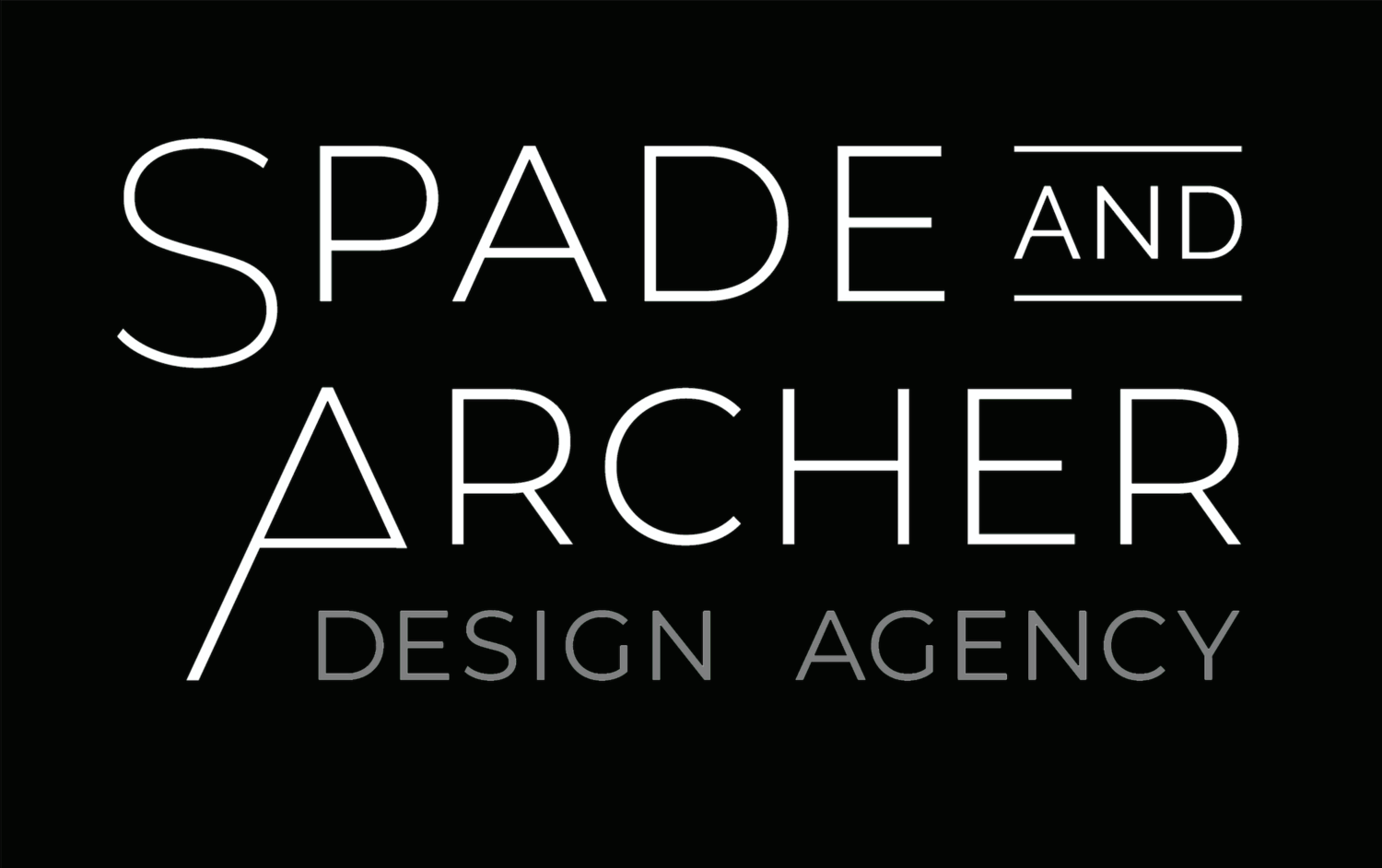This blog post written by our Founder, Justin M. Riordan, LEED AP, originally appeared in the Oregon Lifestyle and Home Magazine.
WE HAVE ALL HEARD HIM SAY IT. “I am more of a curator of furniture than an interior designer.” While this statement sounds like it could be true and is certainly very fancy, when we heard it, we all wondered to ourselves “What the heck does that mean?” The truth of the matter is there is a difference between curation and design, decorating and staging, artistry and invention and architecture. Lets take a look at each term:
Curators organize, preserve and document historical tangible goods and most often work in museums. Specifying a flooring material that will hold up to 1,500 sets of high heels walking across it each day is not curation, it is design.
Designers specify objects intended to accomplish a goal in a particular environment, using a set of already existing components, satisfying a set of requirements subject to constraints. So truth be told, picking out a lamp at a store and placing it in a house is not design, but rather decoration.
Decorators make something look more attractive by adding extra items or images to it. There is no shame in decoration, it can be hard work that requires a very select set of skills and either you have them or you don’t.
Inventors create something that has not existed before. As we all know, necessity is the mother of invention. Lets look at an example to explain this very true cliché. Before Thomas Edison, light only came from two sources; the sun, and fire. At some point, he understood that there was a need (or necessity) for a better means of light creation. He used glass, metal, gas and electricity to invent the light bulb. It did not exist before he invented it, thus it was not a design, but rather an invention.
An architect provides services in connection with the design and construction of buildings and the space within the site surrounding the buildings that have as their principal purpose human occupancy or use. Architects are specifically focused on the design and construction of buildings.
Artists create something with imagination and skill that is beautiful and expresses important ideas or feelings. The artist needs an outlet to express ideas or feelings that are their own. Art is something that comes from inside an individual, it is the personal emotion made public. Buying a lamp and placing it in a house so it will sell faster is not art, it is staging.
Stagers prepare private residences for sale. The goal of staging is to make a home appeal to the highest number of potential buyers, thereby selling a property more swiftly and for a higher price. A stager practices a very small niche of decoration, with a small amount of design included. The one single thing that makes stagers different than interior designers or decorators is who they design for. Most designers and decorators and concerned with what their client likes, how their client uses their house, what colors their client likes etc. Stagers, on the other hand are concerned only with what will sell the house, what will appeal to the most people who will likely view the house. They are concerned with demographics of buyers, not the seller’s taste. In fact of all the people in the world who might buy they house, the seller is not one of them.
When hiring a stager, designer, decorator, architect, inventor, artist or even a curator, make sure you are getting what you paid for.

